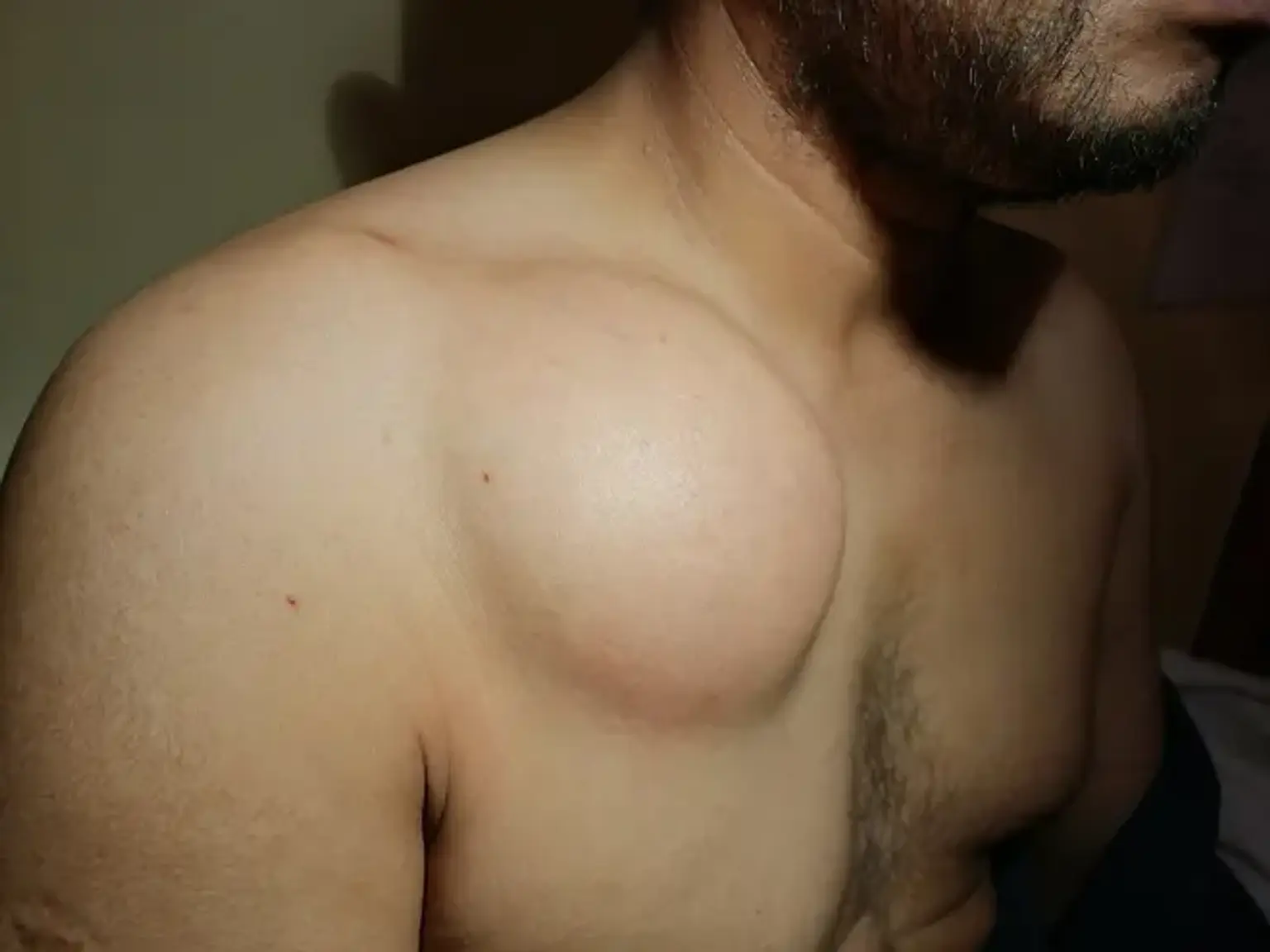Overview
Although the name "lipoma" may not be recognizable to you, these fatty, rubbery growths are extremely prevalent. In fact, 1 in 1000 persons are thought to have one on their body. Although they can appear at birth or develop at any age, they are most prevalent in adults between the ages of 40 and 60. Lipomas often don't need to be treated. However, soft tissue surgery or excision of the lipoma is the best option if you have one that hurts or is uncomfortable.
